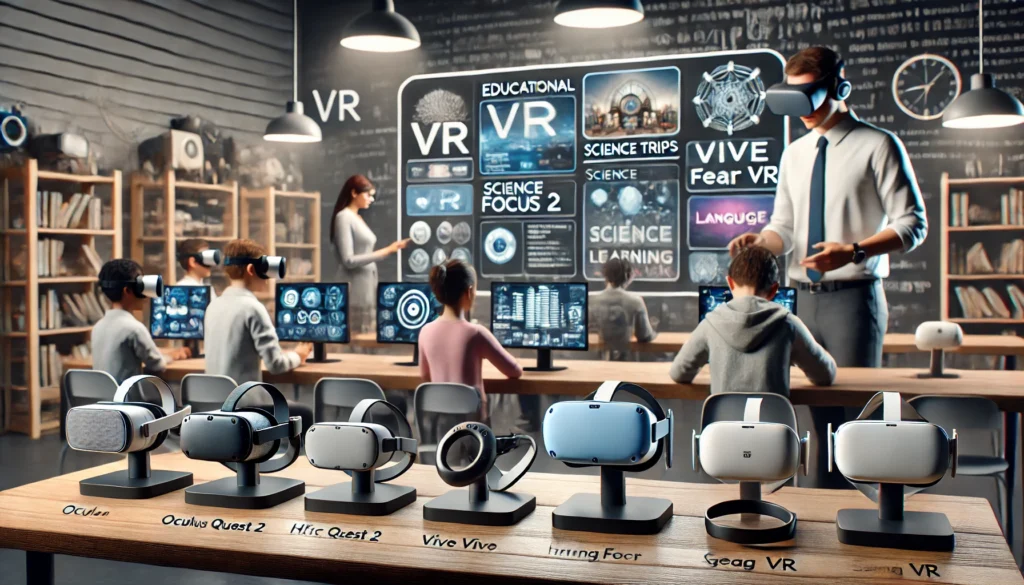Step into the Virtual Classroom: How to Choose the Right Educational VR Headset for Your Needs
As technology continues to transform the way we learn and interact with information, virtual reality (VR) is becoming an increasingly popular tool in educational settings. With its immersive and interactive capabilities, VR provides students with a unique learning experience that can enhance engagement, retention, and understanding of complex concepts. With so many options available in the market, choosing the right educational VR headset can be overwhelming. In this article, we’ll guide you through the process of selecting the perfect VR headset for your educational needs.
What to Consider
When selecting an educational VR headset, there are several key factors to consider:
- Purpose: Define the intended use of the VR headset. Is it for language learning, lab simulations, or virtual field trips? Different purposes require different features and capabilities.
- Age range: Consider the age and technical proficiency of the students who will be using the VR headset. Younger students may require more simplified interfaces, while older students may require more advanced features.
- Stereoscopic display: Ensure the headset has a stereoscopic display, which provides a 3D effect and is essential for an immersive experience.
- Resolution and refresh rate: A higher resolution and refresh rate ensure a smoother and more detailed experience.
- Field of view: A wider field of view provides a more immersive experience and is ideal for virtual field trips or language learning.
- Software availability: Consider the availability of educational software and content for the VR headset. Is it compatible with your existing curriculum?
- Cost: Set a budget and consider the cost of the headset, as well as any additional software or equipment required.
Top Educational VR Headsets
- Oculus Quest 2: A popular choice for educational institutions, the Oculus Quest 2 offers a massive library of educational content, including language learning, science simulations, and art classes.
- HTC Vive Focus 2: A standalone headset that provides a more affordable entry point into VR, with a wide range of educational content available, including math and science simulations.
- Samsung Gear VR: A more affordable option that pairs with a Samsung smartphone, offering a range of educational content, including language learning and cultural experiences.
- Lenovo ThinkVision A6H: A high-end option designed specifically for education, offering a range of features, including advanced tracking and spatial audio.
- Oculus Go: A standalone headset that is easy to use and requires no PC or console, making it ideal for younger students or those with limited technical expertise.
Implementation and Maintenance
Once you’ve selected the right VR headset for your educational needs, it’s essential to consider implementation and maintenance:
- IT infrastructure: Ensure your school’s IT infrastructure can support the VR headset, including necessary upgrades to network bandwidth and storage.
- Training and support: Provide teachers and students with training and ongoing support to ensure successful integration and troubleshooting.
- Content curation: Curate a selection of high-quality educational content that aligns with your curriculum and is relevant to your students’ needs.
- Monitoring and evaluation: Regularly monitor and evaluate the effectiveness of VR in your educational setting, making adjustments as needed.
In conclusion, selecting the right educational VR headset requires careful consideration of your specific needs and goals. By evaluating the factors outlined above and exploring the top educational VR headsets, you can ensure a successful implementation that enhances the learning experience for your students.
